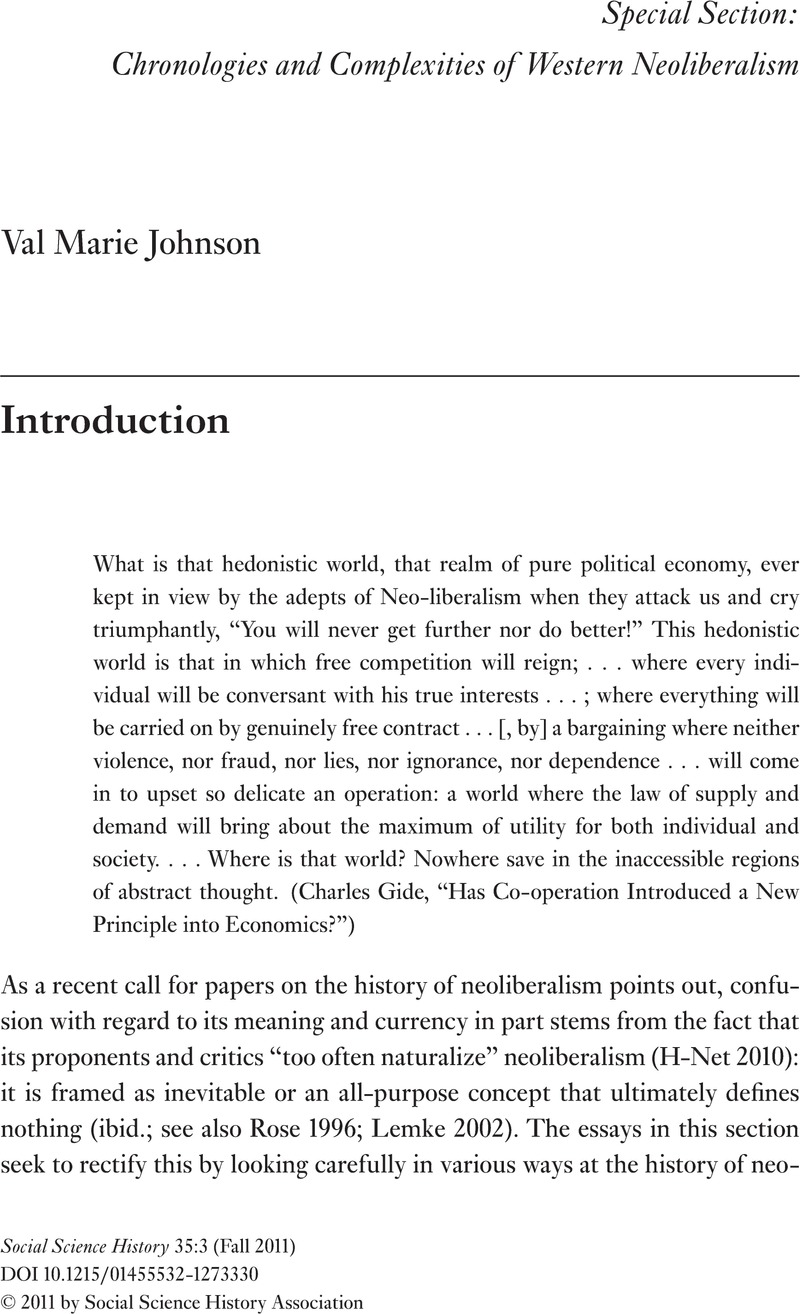Crossref Citations
This article has been cited by the following publications. This list is generated based on data provided by Crossref.
Abikanlu, Femi
2021.
Television in Africa in the Digital Age.
p.
213.


